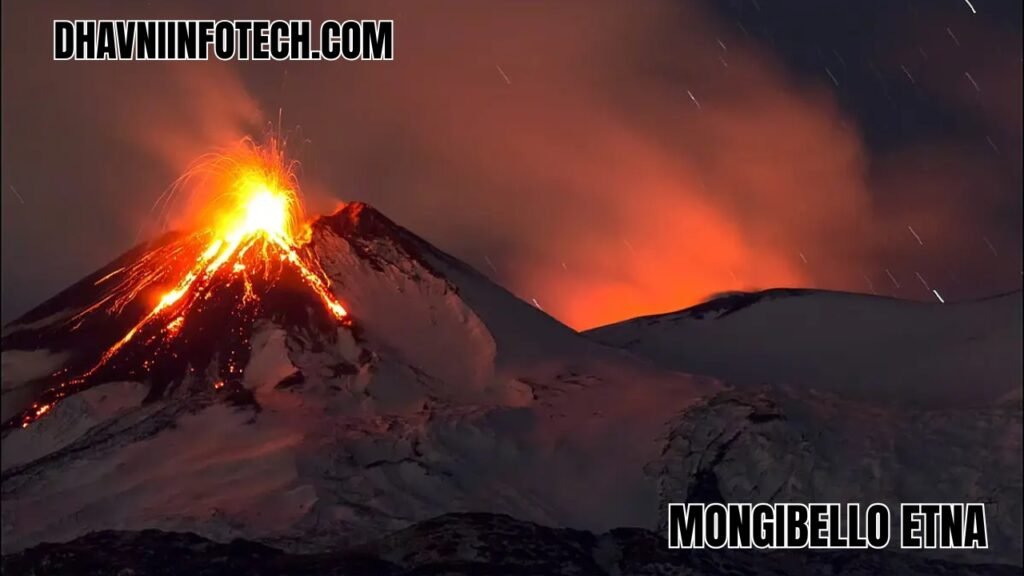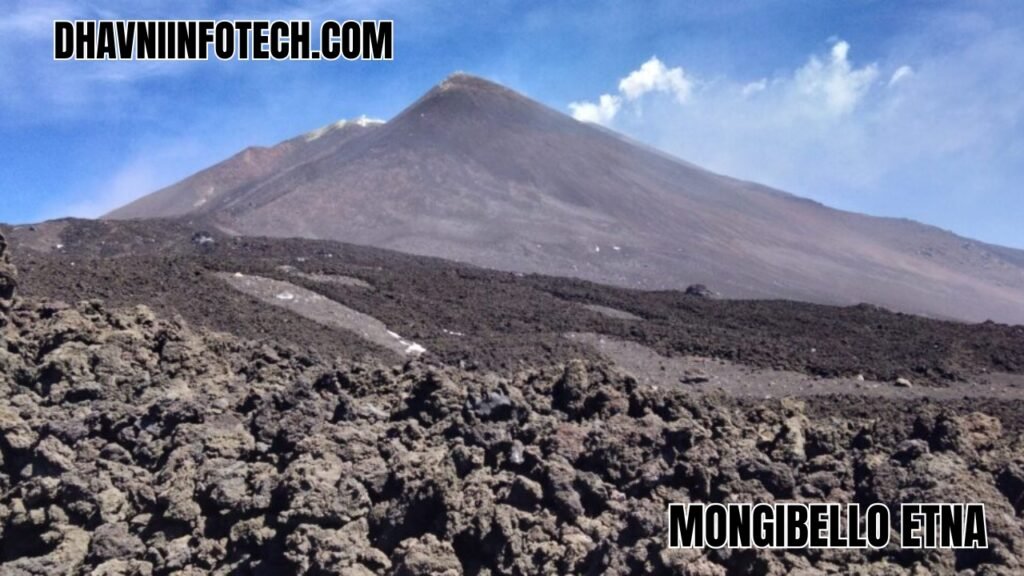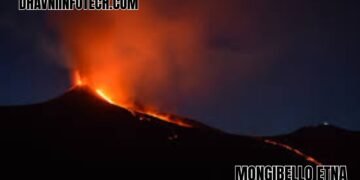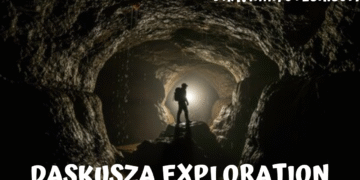Nestled in the heart of Sicily, Mongibello Etna stands as one of the most fascinating and iconic natural wonders in the world. Known globally as Mount Etna, this active volcano has inspired awe, myths, and scientific curiosity for centuries. But what exactly does Mongibello Etna mean, and why does it hold such a special place in both Sicilian culture and world geography? Let’s explore the story, meaning, and enduring beauty of this remarkable landmark.
What Is Mongibello Etna?
The term Mongibello Etna refers to the famous Mount Etna, located on the eastern coast of Sicily, near the city of Catania. “Mongibello” is an ancient name for the volcano, derived from a fascinating linguistic blend that reflects the island’s rich cultural history.
The name Mongibello comes from two words:
- Monte (Italian for “mountain”), and
- Jabal (Arabic for “mountain”).
Thus, Mongibello literally means “Mount Mountain.” It’s a charming linguistic redundancy that emphasizes the volcano’s imposing presence and its role as the mountain that defines Sicily.
So, when people say Mongibello Etna, they are essentially referring to Mount Etna, one of the most active and historically significant volcanoes in the world.
The Historical Significance of Mongibello Etna
For thousands of years, Mount Etna—or Mongibello, as locals often call it—has shaped the history, mythology, and livelihood of Sicily. Ancient Greeks considered it the home of Hephaestus, the god of fire and metalworking, who was said to forge his weapons beneath its fiery slopes. Roman legends continued this belief, seeing Etna as a place where gods and giants clashed.
Beyond myth, Mongibello Etna has also had a very real impact on the region’s geography and culture. Its periodic eruptions have created incredibly fertile soil, making the surrounding area one of the most productive agricultural zones in Italy. Vineyards, orchards, and olive groves thrive in its mineral-rich volcanic earth.

The Meaning of the Name Mongibello
The dual-origin name Mongibello perfectly captures Sicily’s multicultural past. During centuries of conquest and exchange, the island was influenced by Greek, Roman, Byzantine, Arab, and Norman civilizations. The name reflects this blend — Italian and Arabic words combining to form a title that honors the mountain’s might.
Today, Mongibello remains a poetic, somewhat nostalgic way to refer to Mount Etna, evoking the region’s deep connection to the volcano and its power.
Mongibello Etna in Modern Times
Modern-day visitors and scientists alike are drawn to Mongibello Etna for its extraordinary combination of natural beauty and geological activity. Rising approximately 3,357 meters (11,014 feet) above sea level, it is Europe’s highest and most active volcano.
Etna’s frequent eruptions — both minor and spectacular — create an ever-changing landscape. The volcano’s slopes are dotted with craters, ancient lava flows, and lush forests, offering breathtaking views for hikers and adventurers.
Moreover, the Etna Park (Parco dell’Etna), established in 1987, protects the mountain and its ecosystem, preserving the unique flora and fauna that have adapted to life in this volcanic environment.
The Mythology Surrounding Mongibello Etna
Few places on Earth are as steeped in myth as Mongibello Etna. Ancient storytellers described it as the workshop of gods and giants — a place where fire and smoke connected heaven and hell.
According to Greek mythology:
- The Cyclops, one-eyed giants, lived under Mount Etna and forged weapons for the gods.
- The god Hephaestus (Vulcan) used its fiery depths as his divine forge.
- Some tales claim that the monster Typhon, defeated by Zeus, was trapped beneath Etna, his writhing body causing the volcano’s eruptions.
These myths reveal how ancient people interpreted Etna’s unpredictable power as something divine — a living presence that commanded respect and awe.
Tourism and Adventure at Mongibello Etna
Today, Mongibello Etna attracts millions of visitors every year. Travelers come not only to witness its dramatic landscape but also to experience the rich Sicilian culture that flourishes around it. Popular activities include:
- Guided Hikes and Jeep Tours: Explore lava fields, craters, and panoramic views.
- Cable Car Rides: The Etna cableway (Funivia dell’Etna) takes visitors close to the active craters.
- Wine Tastings: The volcanic soil supports exceptional vineyards, producing world-class wines like Etna Rosso.
- Skiing: During winter months, Etna transforms into a ski destination — one of the few places where you can ski with an ocean view.
For adventure seekers, standing atop Mongibello Etna is a once-in-a-lifetime experience — the thrill of being on an active volcano combined with stunning Mediterranean vistas.
Mongibello Etna and Its Environmental Importance
Beyond its tourism and mythology, Mongibello Etna is a natural laboratory for studying Earth’s geological activity. Scientists from around the world monitor its eruptions to better understand volcanic behavior and to develop early-warning systems for nearby communities.
Its eruptions, while occasionally destructive, have also played a crucial role in shaping the Sicilian environment. The volcanic soil, enriched by centuries of lava deposits, supports diverse ecosystems and agriculture. This delicate balance between destruction and renewal is what makes Etna so symbolic — a reminder of nature’s power to both create and transform.

Mongibello Etna and the People of Sicily
For Sicilians, Mongibello is more than a mountain — it’s part of their identity. The volcano has shaped not only the land but also the culture, folklore, and even the cuisine of the region. Dishes made with local produce, wines cultivated in volcanic soil, and festivals celebrating Etna’s fiery spirit all pay homage to this ever-present force.
Locals often refer to the volcano affectionately as “a muntagna” (the mountain), reflecting both familiarity and reverence. It symbolizes resilience, beauty, and the balance between danger and life — much like the Sicilian spirit itself.
The UNESCO World Heritage Status
In 2013, Mount Etna (Mongibello) was declared a UNESCO World Heritage Site, recognized for its outstanding scientific and cultural value. The designation honors Etna’s long history of documented volcanic activity — dating back over 500,000 years — and its influence on human understanding of geological processes.
This status also ensures the protection of its ecosystems, landscapes, and cultural heritage for future generations.
Why Mongibello Etna Continues to Inspire
Whether seen from afar or experienced up close, Mongibello Etna remains one of nature’s most breathtaking spectacles. It embodies contrasts — beauty and danger, creation and destruction, mythology and science.
Artists, writers, and travelers have long been captivated by its presence. From ancient poets to modern photographers, Mongibello continues to inspire stories of passion, resilience, and wonder.
Final Thoughts
Mongibello Etna is more than just a mountain — it’s a living symbol of Sicily’s fiery heart and rich cultural heritage. From its mythical origins to its modern scientific importance, it represents the eternal connection between people and nature.
Visiting or simply learning about Mongibello Etna is to understand the essence of Sicily itself: passionate, powerful, and profoundly beautiful. Whether you’re drawn by its legends, its landscapes, or its scientific intrigue, this legendary volcano stands as a reminder of the Earth’s enduring vitality.
Also Read: Caricatronchi – Meaning, Origin, and Rising Popularity in Digital Culture






















